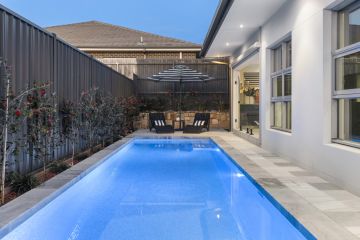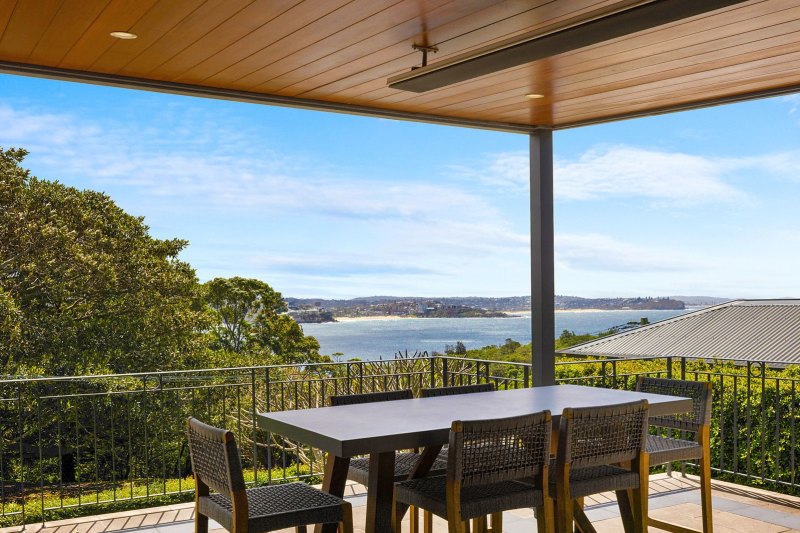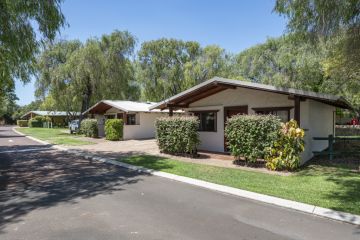The best of 2018 residential architecture: Australia's 10 top houses of the year
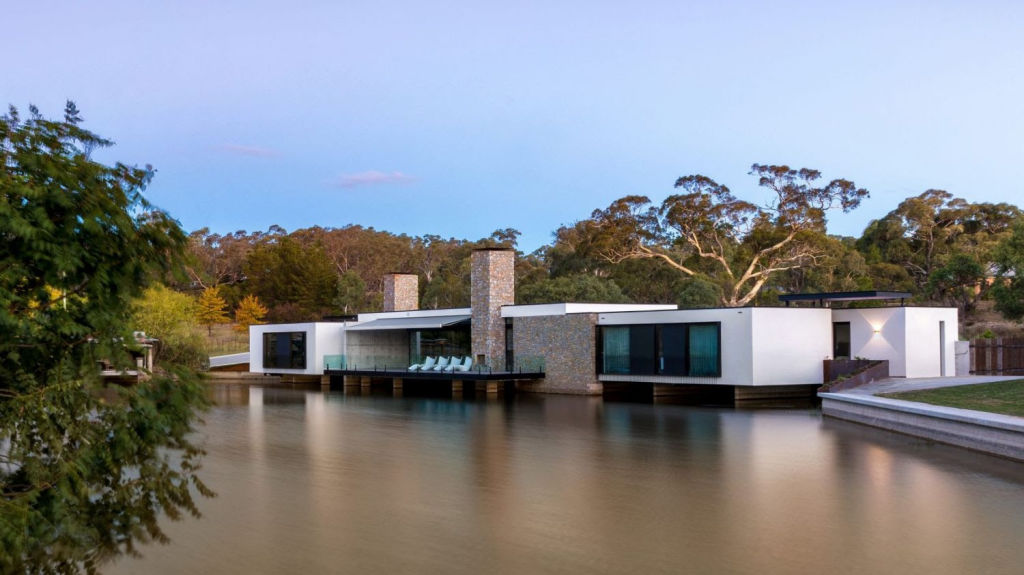
Fabulous new and refurbished houses star in numerous annual Australian architecture awards, and many are such standouts they garner multiple prizes. But there are gems that either aren’t entered or are overlooked that are just as interesting.
Choosing any among hundreds of worthy projects is always a subjective exercise; nevertheless, here is a varied collection of 10 from Melbourne, Canberra and Sydney practices that in 2018 I was able to explore in depth.
Canberra
The creative, can-do and imaginative clients for Swan House near Queanbeyan had ideas that kept Canberra’s Collins Caddaye on alert throughout the seven-year design and build. The sublime, if large-scale, home spans a small rural lake or dam and is a stunning achievement down to its last, lovely bluestone floor tile.
Nulla Vale
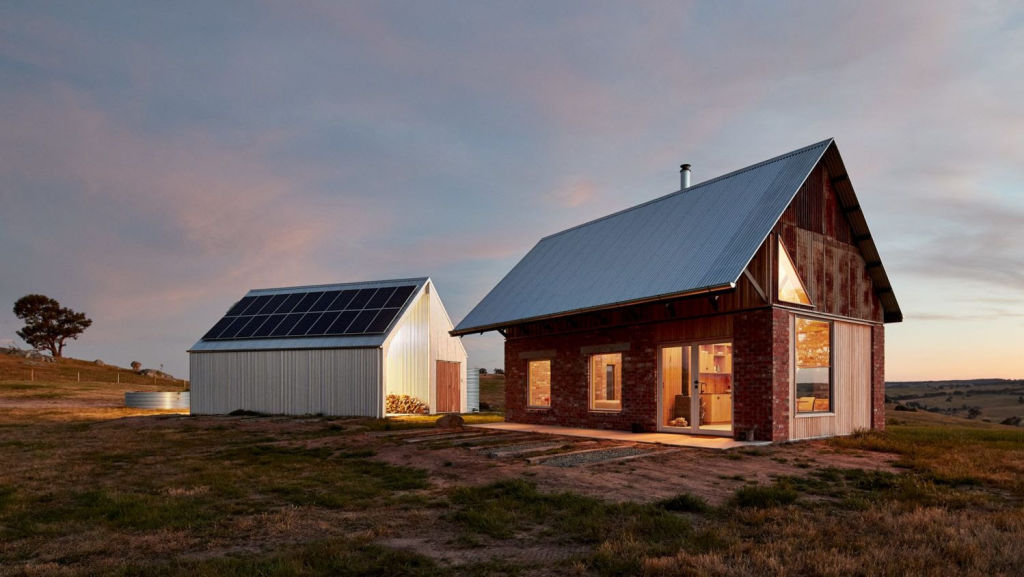
Who doesn’t love a country cabin? This modest, gabled building – reminiscent of an old barn and made of multiple recycled materials so that it appears to have been there for a century – was designed by Melbourne’s MRTN Architects. Set on a saddle in the rolling country outside Lancefield, it is the commencement wing of what will one day be a larger house.
East Melbourne
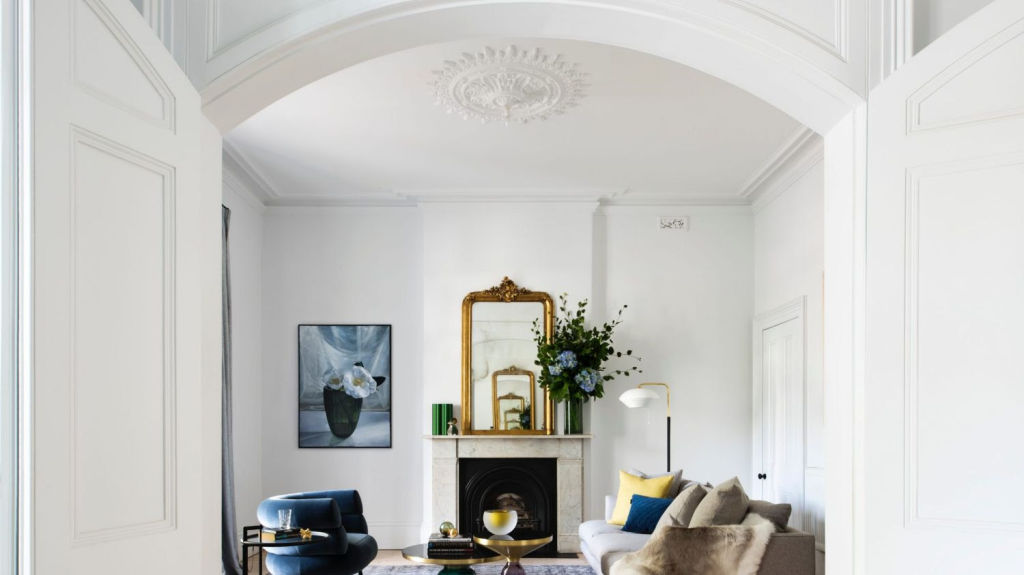
In 1869, J.J. Clark, Melbourne’s first government architect who left us with the beautiful Treasury Building (designed when he was 19), made himself a terrace house in East Melbourne that, while not grand, has front rooms that SJB Interior Design director Andrew Parr feels are suggestive of a larger Regency-style home.
In extending and refining the master’s original, Parr went for almost mono-tonal restraint that allowed an elegant old home to become comfortable and relevant again.
Kiama
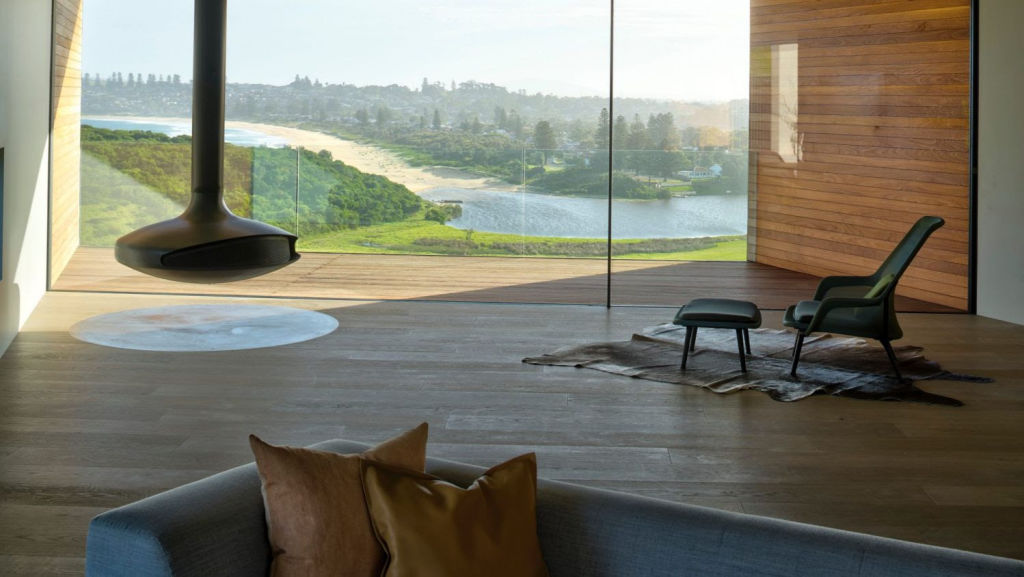
In their wildest dreams, most architects couldn’t conceive of a two-building commission on a greenfield site on the NSW South Coast with 360-degree views so incredible they could make a concrete bunker seem special. In the four-bedroom Headland House and its attendant, but separate guest house, Escarpment House, Atelier Andy Carson went for minimal forms decked out in top-shelf materials that include copper-clad louvres.
Straightforward in intent, Carson explained that from within, it’s all about focusing towards outlook.
Geelong
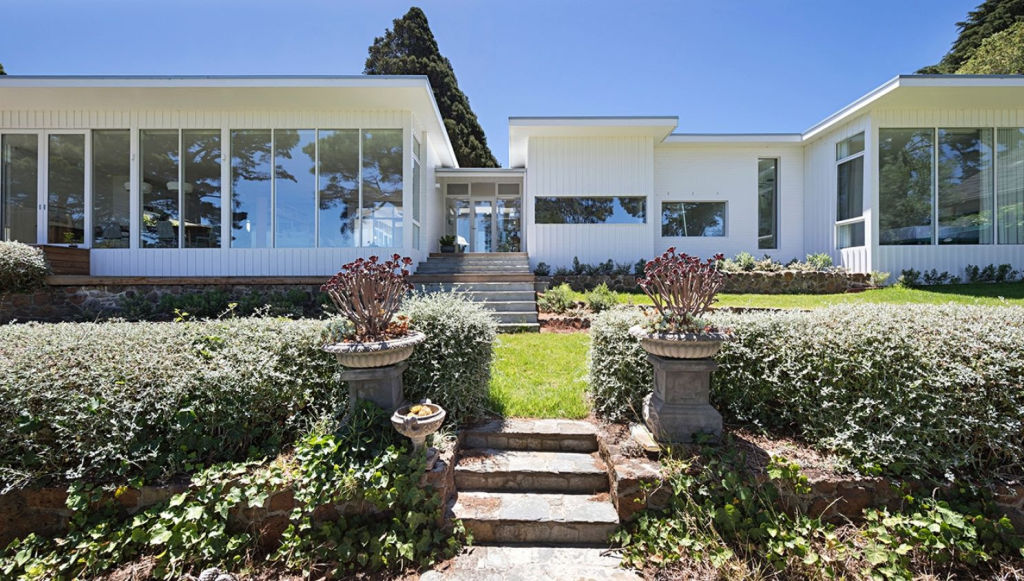
A grown son who now has a family of his own, repurchases the scene of his childhood, a ’60s brick and timber-boarded house in suburban Geelong. But it needs a size and decor boost that won’t muddy its mid-century allusions. Piloted by Hindley & Co, the project stripped out all that was pokey; installed double-glazing, and reorientated the floor plan around the fireplace.
In amplifying the house’s inherent lightness and connection to the environment, Anne Hindley says “it wasn’t about being sophisticated”. Rather, she wanted to be authentic to “the spirit and feeling of the house”.
North Shore
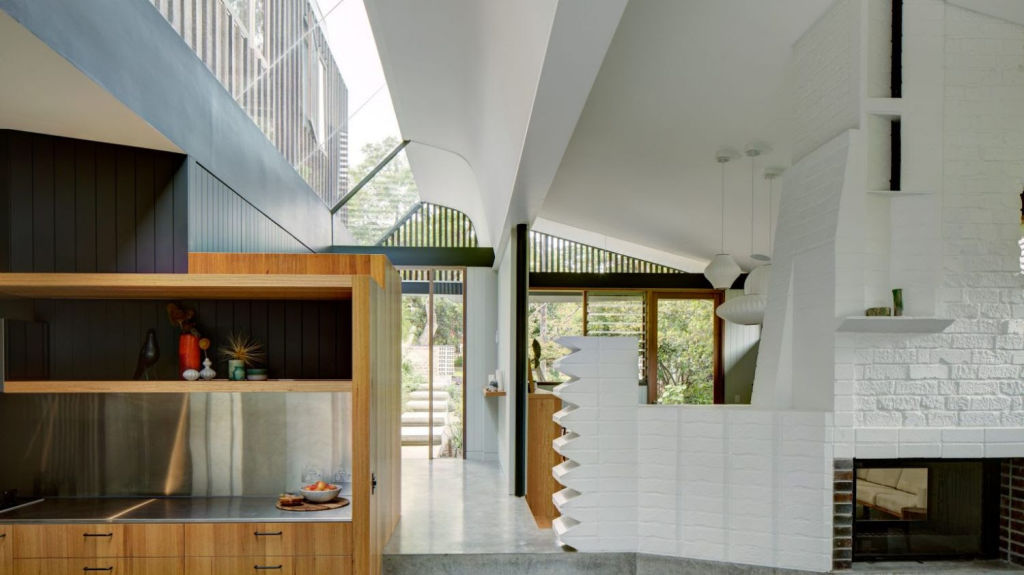
Never one to repeat himself, David Boyle had an arts and crafts inspired response, albeit relevant to 21st-century living, in a new, and highly idiosyncratic, Tambourine Bay build. Descending five levels from the front footpath, something different is always calling the eye in this four-bedroom home.
“The whole building,” he says, “is a composition of framed views; to other rooms or to the landscape or sky. The whole building is also enticing movement.”
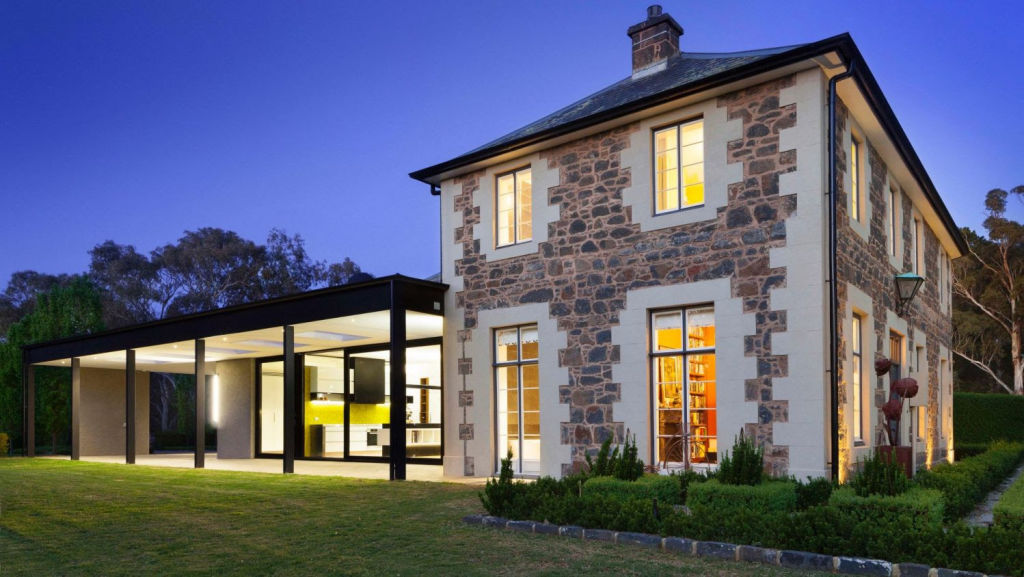
A tree-changing family hauled themselves and McSteen Tan Architects down to a satellite village outside Geelong to turn a pub built of basalt fieldstone in the 1860s from a near-ruin into a family home. The children’s bedrooms would be in the old structure with the main living area and master bedroom to go into a new wing.
In what Chris McSteen says was an exercise in giving the new the same strength as the old, “we touched the period parts lightly, so the modern doesn’t fight it”.
Bulleen
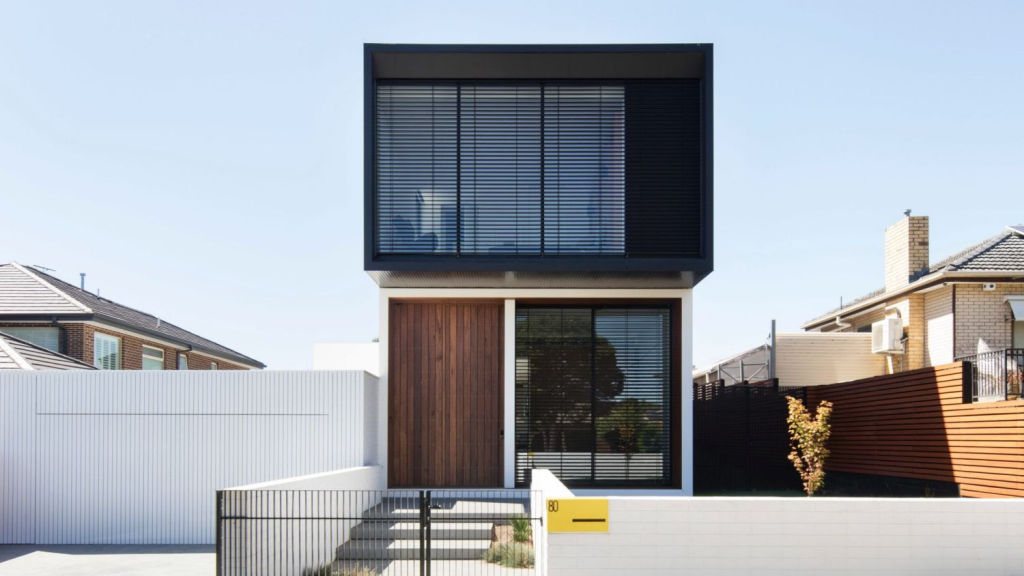
Michael Ong’s boxy but admirably simple design for a house in a Melbourne suburb hitherto packed to the rafters with brick veneer, exemplifies a new order of residential architecture that is not about doing skite-y, shout-y, look-at-me form, nor displacing the whole block with a building.
The MODO architect elongated the four-bedroom home length-wise on the 500 square metre block to make the north side’s open space sunny and very private behind the low barricade of the street-facing garage. He had fun using different floor levels to define the functions of the internal spaces.
Millers Point

Any student of Australia’s architectural history can visit one of the most exciting living classrooms in the Millers Point precinct at the back of The Rocks in Sydney. In this miraculously-preserved late Georgian/early Colonial neighbourhood expert heritage architects are guiding the rescue of scores of foundering cottages and terraces that are again being taken up as single residences.
Architect Peter Phillips of Orwell and Peter Phillips, and a cast of traditional craftspersons have carefully retouched an 1841, four-level Georgian gentleman’s residence which is once again being occupied by a gentleman, the owner Dominic Emmett.
An ingenious new inclusion is a copper-clad octagonal above-ground “link” that houses a new bathroom, allows transit from different parts of the building, and has a glass floor inscribed with the history of the house in copperplate writing.
Kallista
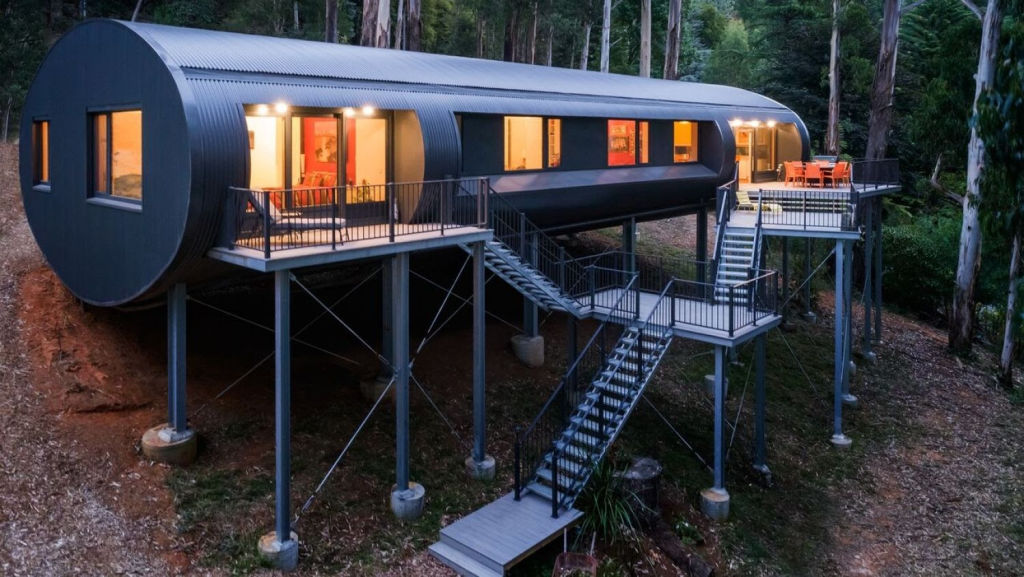
Clients had a raft of requirements for a new build in the bushy and usually fern-drippy Dandenong Ranges outside Melbourne: bushfire resistance, high energy sustainability, Colourbond cladding, curves, touching the earth lightly and it should be “something unusual”.
Sven Maxa, principal of Maxa Designs, says he found inspiration for this tubular house on stilts on the day of his first site visit when he spotted a charred mountain ash log lying across the land.
This 20-metre-long, two-bedroom building inspired more feedback than almost anything published in my Domain columns this year.
We recommend
States
Capital Cities
Capital Cities - Rentals
Popular Areas
Allhomes
More
